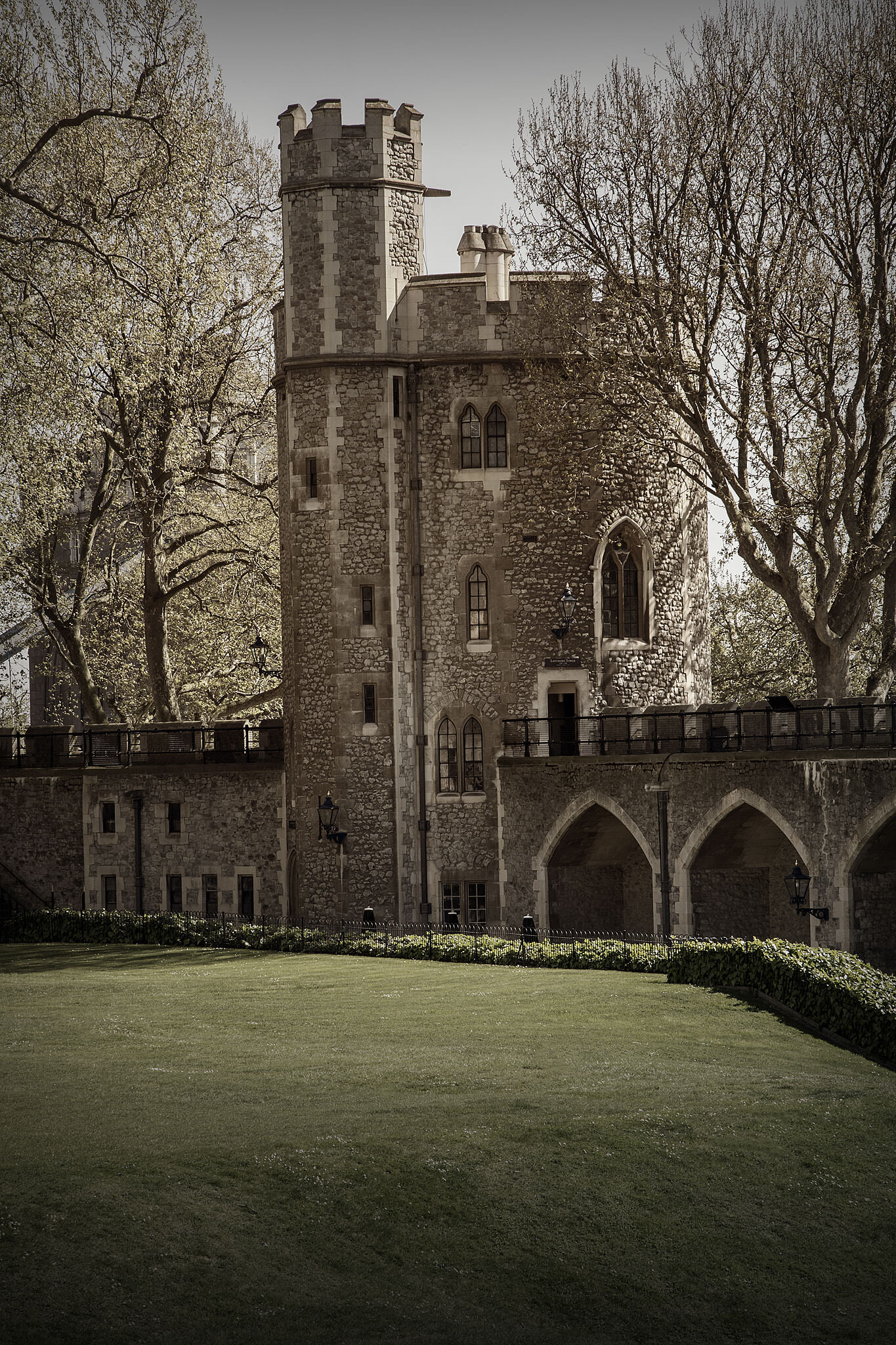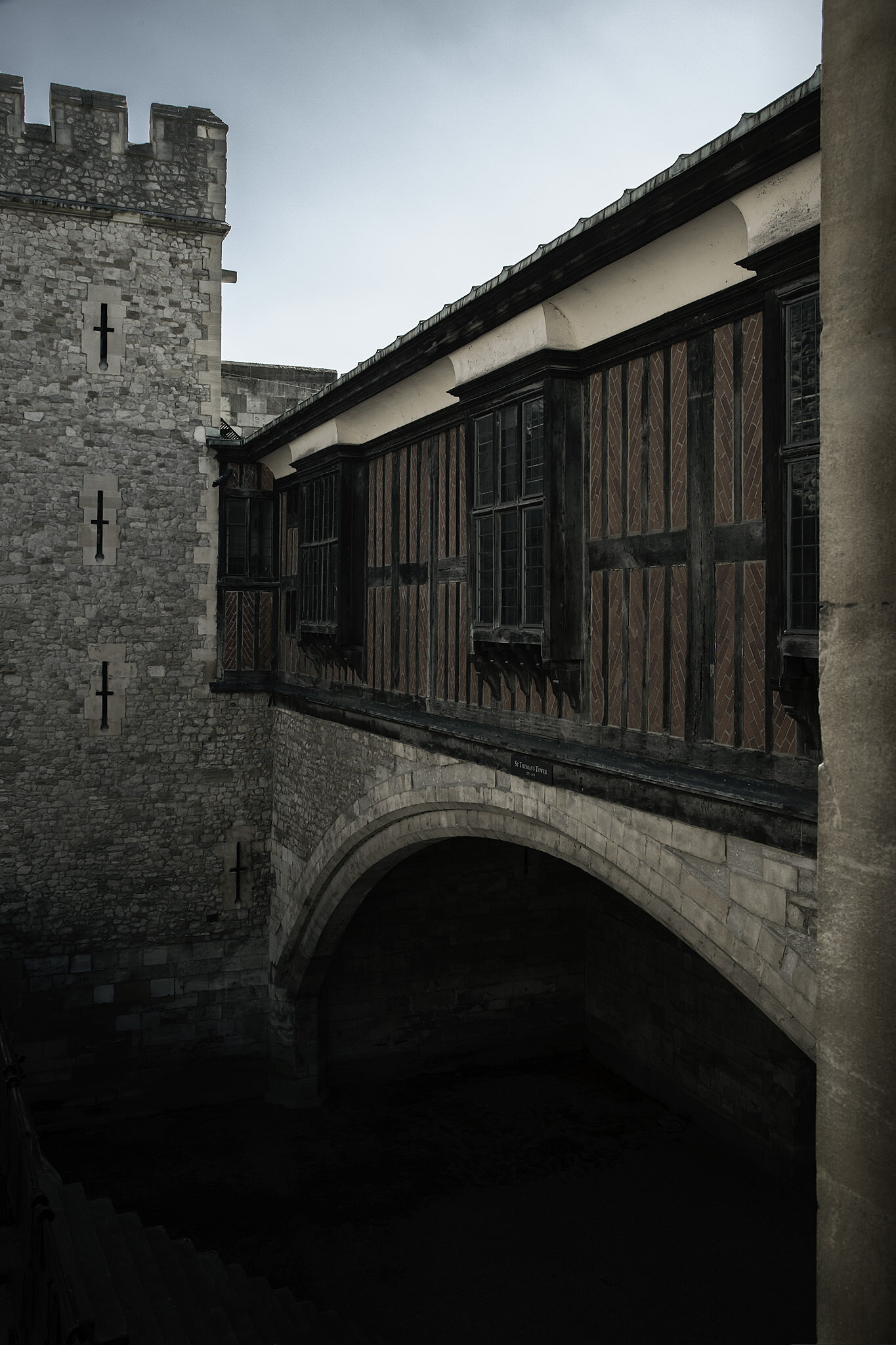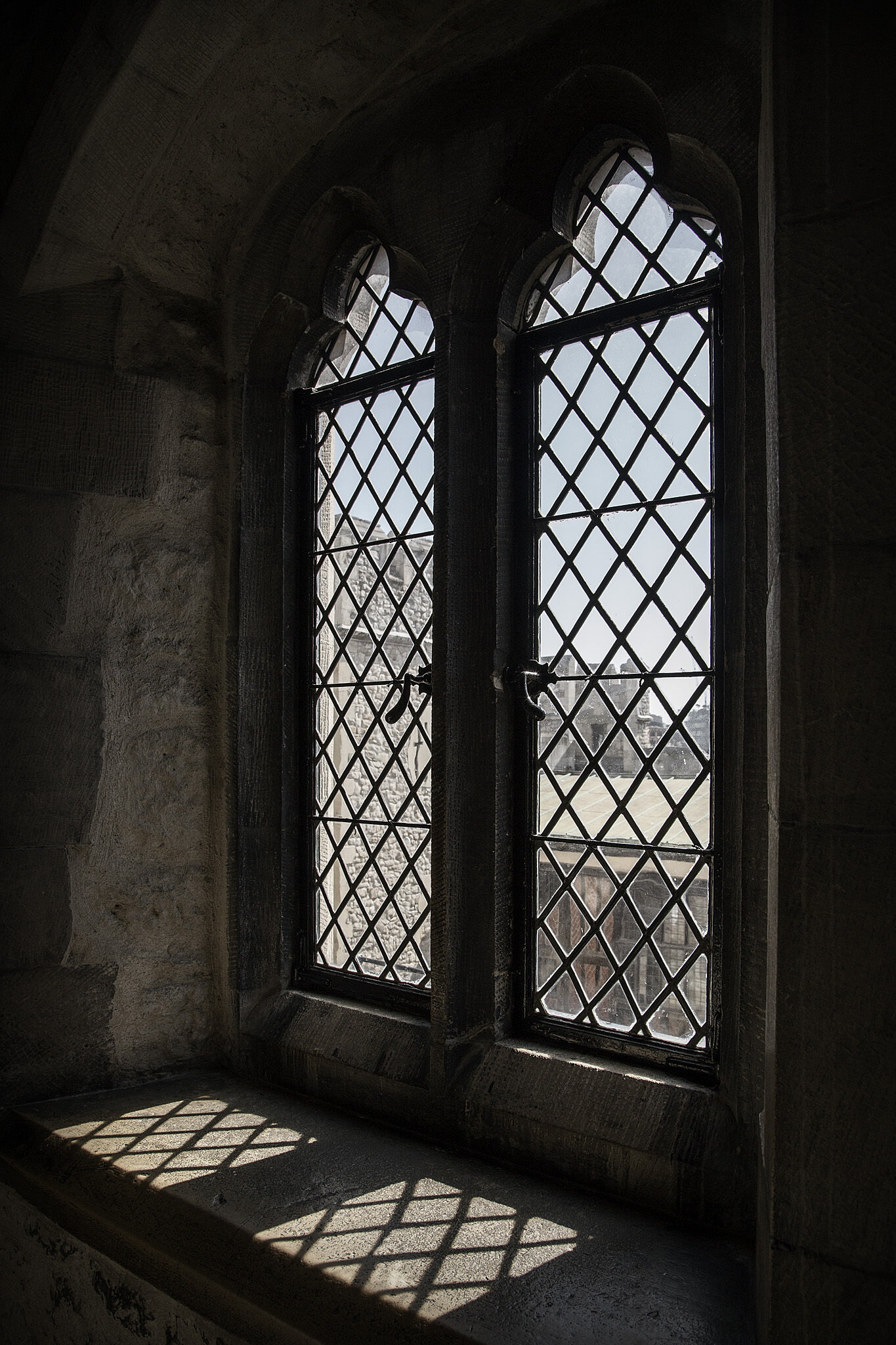The Tower of London
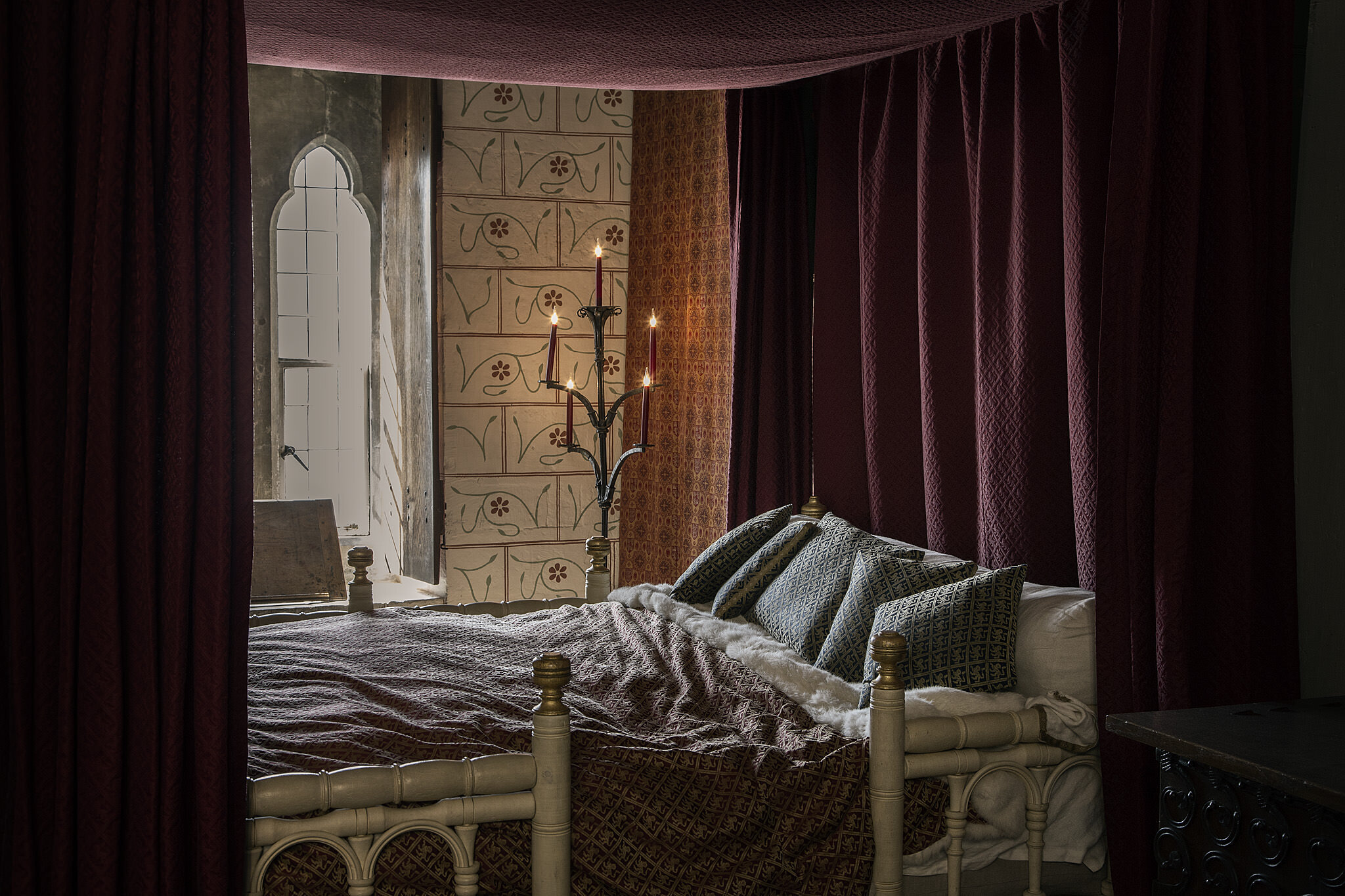

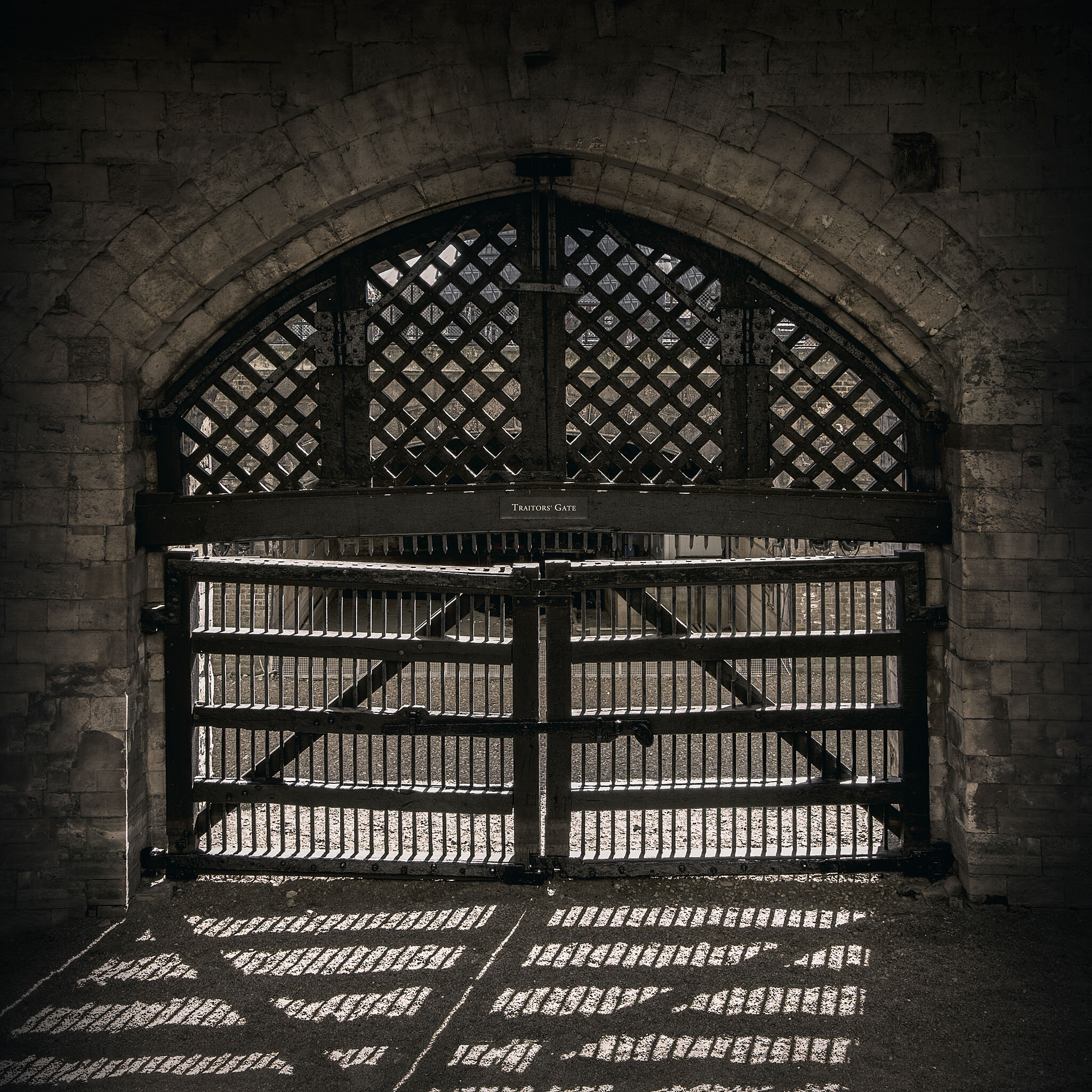
On Christmas Day in 1066, William, Duke of Normandy, was crowned King of England in Westminster Abbey, having defeated King Harold at the Battle of Hastings just two months before. William’s next task was to increase London’s fortifications. He had a wooden motte and bailey castle erected on the south-east corner of the Roman city walls, strategically placed to command the River Thames and over look the city. Ten years later, having established his control of England, King William decided to transform his castle into a fortified palace. The white stone was brought over from Normandy and the Tower of London was built.
The castle was then enlarged around the Tower and the central keep became known as the White Tower. In 1189, work began at the Tower once again when the tower defences were expanded. The bailey around the White Tower was nearly doubled in size and the whole palace was fortified, with a new curtain wall, towers and ditch. The walls did not end where we see them today, the area enclosing the tower extended to more than 12 acres.
Henry III began improving the Tower so it could be used as a royal residence and a new building was built between the White Tower and the river. Henry also established the Royal Menagerie. A visitor approaching the tower would come first to the entrance at the Lion Tower, as this was the area where the menagerie was kept.
A 13th Century visitor to the tower, having passed through the Lion Tower, would ride across the stone causeway, over a wooden drawbridge that spanned the outer moat, and then cross over another drawbridge, passing beneath the raised portcullis of the Middle Tower. Beyond this was another causeway and a third drawbridge, which stretched 125 feet across the inner moat. Then, guarding the approaches of the inner ward, was the Bell tower, named for the bell it housed which called the garrison to arms. So, while all these defences were built to protect the King, and it was used as a Royal Palace throughout the Middle Ages, we can see why in the Tudor times it was used to house prisoners. This was the definition of high security at the time.
In the 13th Century, King Henry III was given a gift of three leopards, by Frederick II of Germany. These leopards were housed at the Tower and soon afterwards they were joined by several lions, a bear and an elephant, which had been given to Henry III by King Louis of France in 1255. There is a document that dates from 1252, which states that the sheriffs of London were required to pay four pence a day and to provide a muzzle and chain for the maintenance of a polar bear, which was trained to catch fish in the Thames. It seems the animals were treated well in this period, as the lions were consuming a quarter of a sheep each day and the leopards were allowed sixpence a day for their food, at a time when the human prisoners were allowed only a penny.
Animals seemed to be a common gift for the medieval Kings of England, once it was known that they kept a menagerie. A title was created for the custodian, who became the Master of the King’s Bears and Apes. During the reign of Queen Elizabeth I, a German visitor commented that “all variety of creatures can be seen in the Tower including three lionesses, one lion of great size called Edward VI from his having been born in that reign; a tiger, a lynx, a wolf excessively old, this is a very scare animal in England, so that their sheep and cattle stray about in great numbers, free from any dangers. There is besides a porcupine, and an eagle. All these creatures are kept in a remote place fitted up for the purpose with wooden lattices at the Queen’s expense."
The menagerie seems to have been well cared for, at least until the reign of James I, who seems to have possessed a twisted liking for animal baiting. At one of these baitings, a bear in the menagerie, who had killed a child, was sentenced to death, to be executed by a lion. But neither the first lion, nor the second who were brought out, could be convinced to carry out the punishment. The king had to contend himself with baiting to death by dogs. On another occasion, a spaniel was thrown to a lion but the lion saw him as a new friend and the two lived together for years afterwards.
Edward I also enlarged the grounds of the Tower to over 18 acres in size. Henry III’s moat was filled in and a new, towered, curtain wall was constructed along the river. He also built a new entrance across the moat.
By the middle of the 18th Century, the Tower of London was already a tourist attraction. It was, even then, one of the finest and oldest museums, with one of Europe’s best menageries. By the end of Queen Victoria’s reign, in 1918, half a million people were visiting the Tower each year.
The first animals that were welcomed at the Tower were the ravens. Even before the Norman Conquest, ravens were a common bird in London. They were valuable scavengers who helped to keep the streets clean. The ravens at the Tower today are well looked after, they are carefully tended, and they take turns being let out, so that there is always at least one raven in the cage. This goes back to an ancient legend, that states that if the ravens ever leave the Tower, the Monarchy will fall.
It was only in the Tudor times that the Tower came to be used, in part, as a prison. Before that it was very much a Royal Palace. Just before Henry VIII married Catherine of Aragon, the Court was at the Tower preparing for the wedding celebrations. On the 23rd of June, in 1509, The King and Queen left the tower for their coronation at Westminster Abbey. While still used at this time as a Royal Palace, it was no longer the Kings principle residence. It wasn’t until Henry VIII started locking up his nobles during the reformation, that the Tower began to be associated with being a prison. It had however, contained noble prisoners previously. The first of these was Ranulf Flambard, Bishop of Durham, in 1100, having been imprisoned by Henry I, the Bishop escaped from an upper window by sliding down a rope which had been smuggled in to him. In 1244, the Welsh Prince Gruffydd ap Llewelyn, was held in the tower and tried to emulate Flambard’s escape but instead of a rope he used knotted bed sheets. Sadly, these came apart and he plunged to his death. Prisoners however, had been few and far between, until the reformation.
It was traditional that English Princes would stay at the Tower before their Coronation. So it was not unusual that Edward IV’s son, Prince Edward, was housed in what has come to be known as the Bloody Tower, before his Coronation, which was to take place in June of 1483. We know that his brother joined him there and that the two boys were seen practicing archery in the grounds. And then we know nothing. There is no evidence as to what became of them and the missing, Princes in the Tower, has become one of the greatest historical mysteries. We do have Perkin Warbeck appearing in the reign of Henry VII, claiming that he was the younger brother and the son of Edward IV, but was he? We know that the writings of Thomas More, cannot be trusted when it comes to Richard III. We know that Richard III had previously always been loyal to his brother and that Edward IV’s widowed Queen, Elizabeth Woodville, let her daughters join Richard III’s court, but what we absolutely do not know, is what happened to those two boys. Edward V was never crowned; he and his brother vanished from history, without a trace. Although there were bones found in the Tower in the early 17th Century, which are now in Westminster Abbey, with the assumption that they were the missing Princes, there have actually been many sets of bones found at the Tower. When the Tower moat was drained in the early 19th Century, there were many bones found, some of which were also attributed to the missing Princes. Another set of children’s bones was found in the Tower in 1977 and these were carbon dated to the Iron Age, so finding children’s bones at the Tower, does nothing to solve the mystery of the missing Princes. What might, is letting those bones in Westminster Abbey be examined today, now that Richard III’s skeleton has been found. Surely this would at least answer the question of one particular set of children's bones that were found.
Henry VIII’s prisoners in the Tower, reads like a who’s who, of Tudor England. Just to name a few, we have John Fisher, Bishop of Rochester- who would not accept the doctrine of Royal Supremacy, Thomas More- accused of high treason and sentenced to death, for not accepting Henry VIII as supreme head of the Church. Queen Anne Boleyn- on charges of incest, adultery and treason. Queen Katherine Howard- accused of treason and adultery. Edmund de la Pole, Earl of Suffolk, along with his mother, Margaret Pole, Countess of Salisbury, who was the daughter of the Duke of Clarence, (brother of Edward IV) and had been governess of Princess Mary. All of them and many more, were beheaded on Tower Green.
The Tower of London also contained the treasury and armoury. It was a storehouse of official documents, and contained the largest Royal Mint in England and the only one coining in gold, as well as silver. It also held the chief arsenal, that stored and assembled armaments for the Royal armies and fleets. The Tower owned quite a lot of medieval armour, although once the Royal Armouries museum opened in Leeds, a lot of it was sent there to be displayed.


